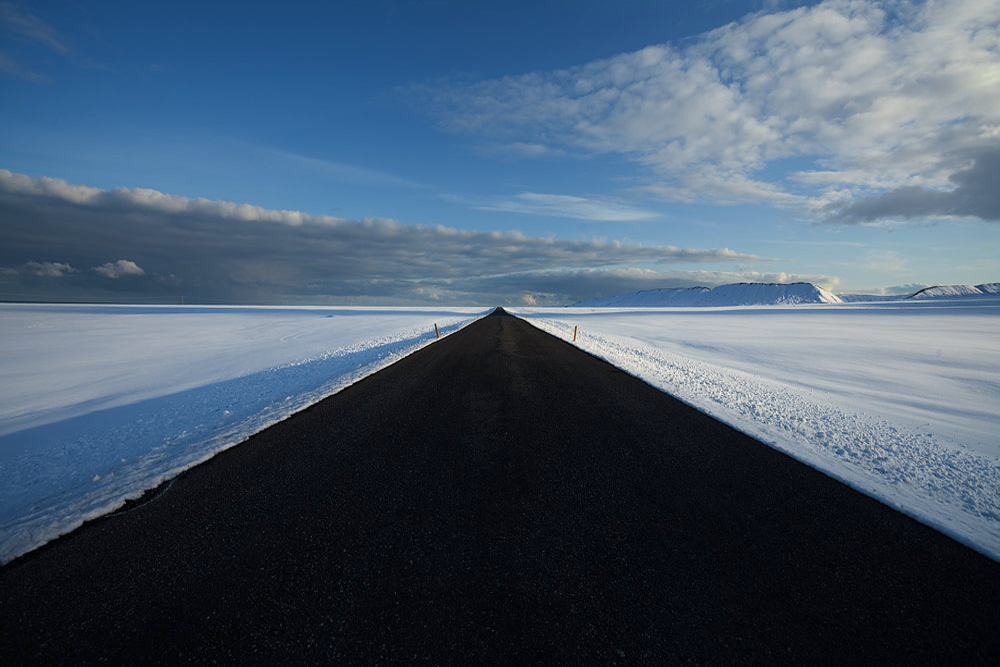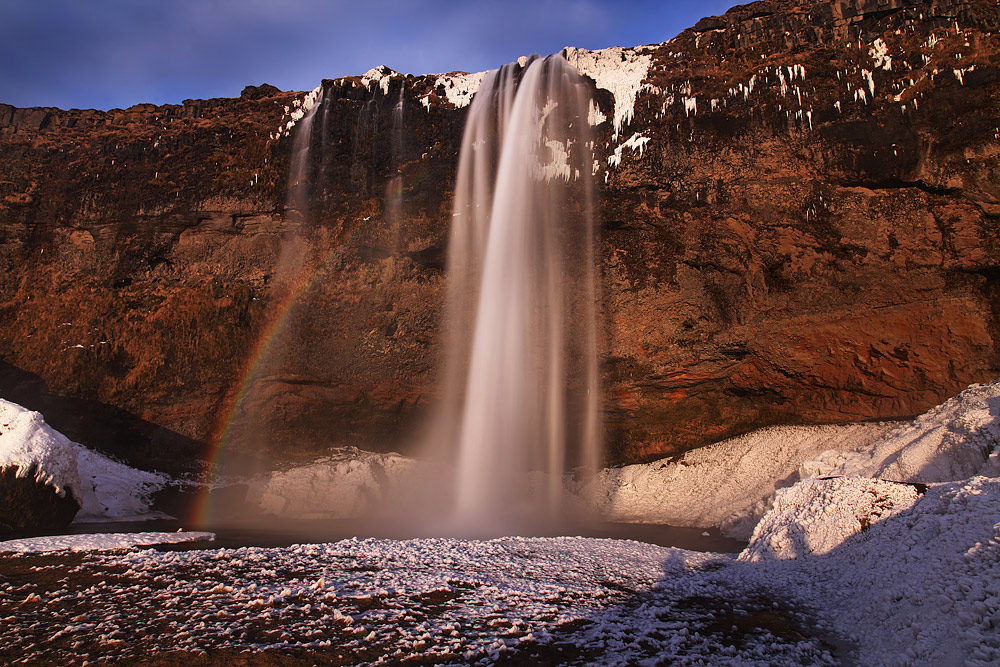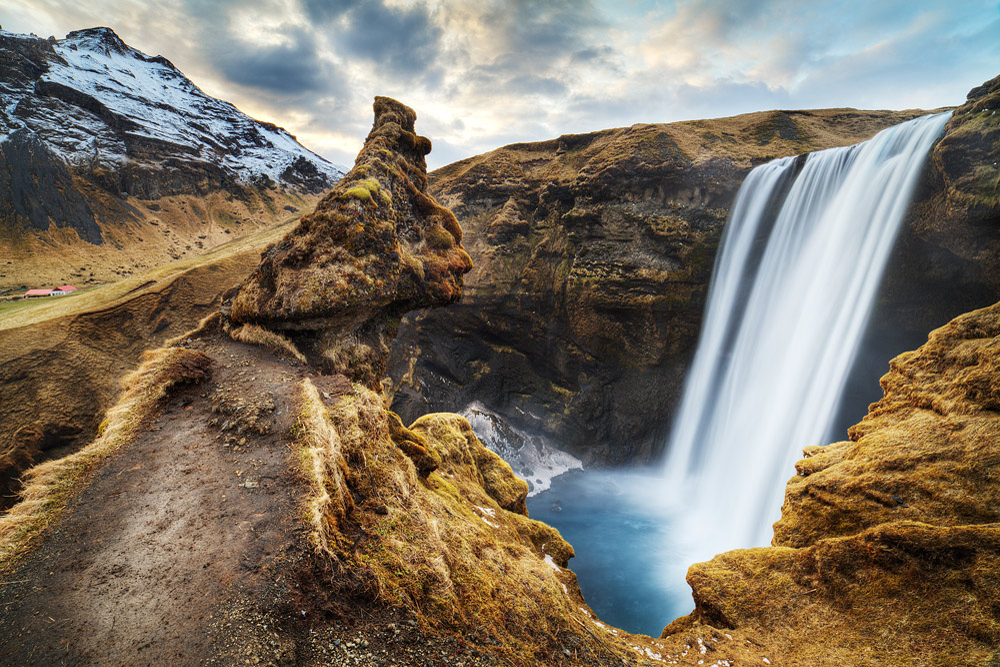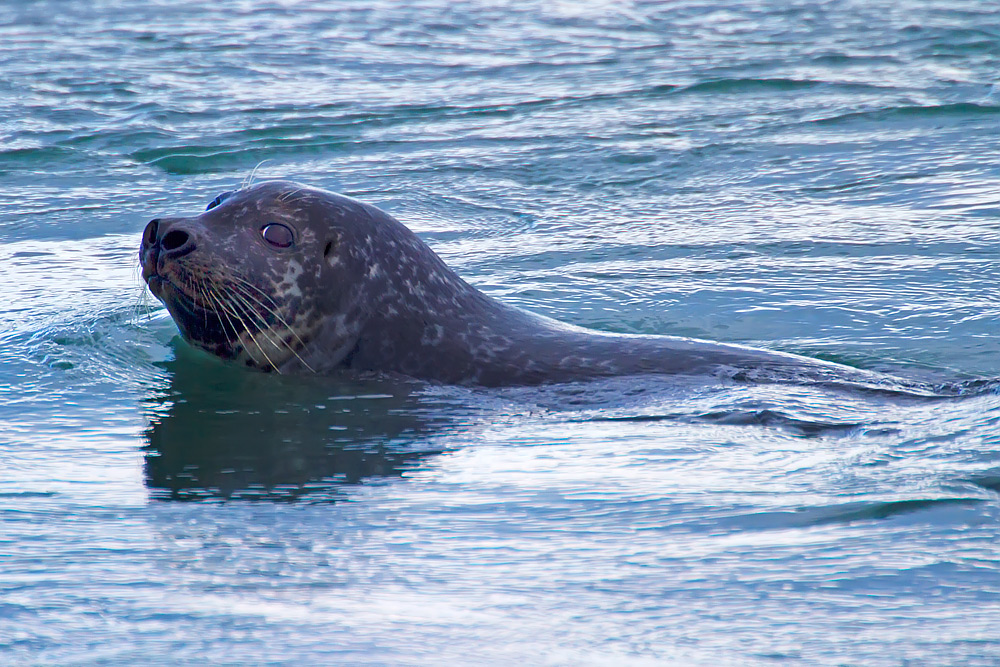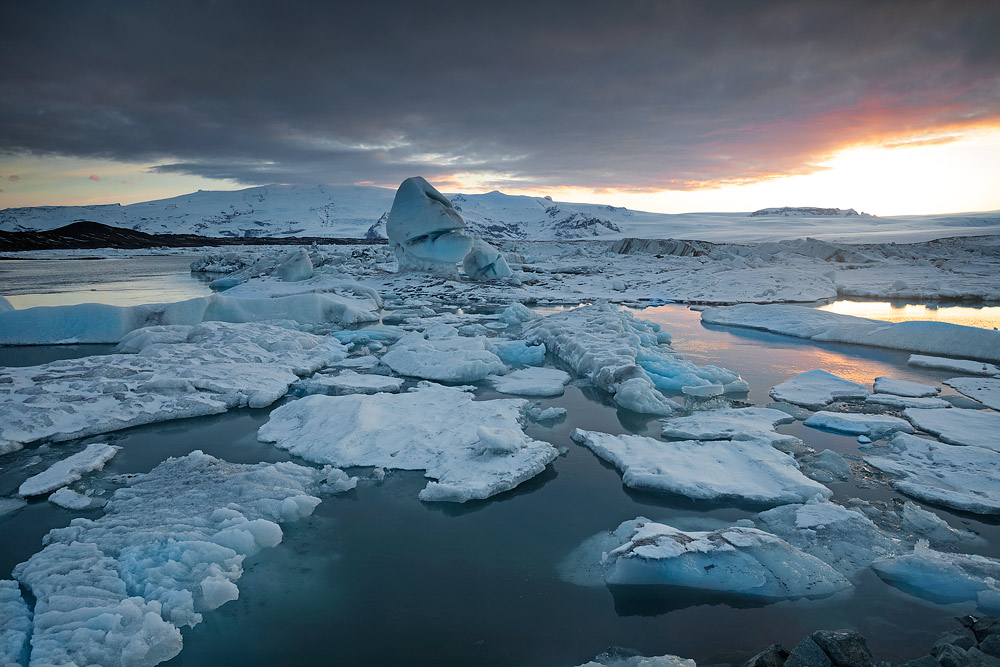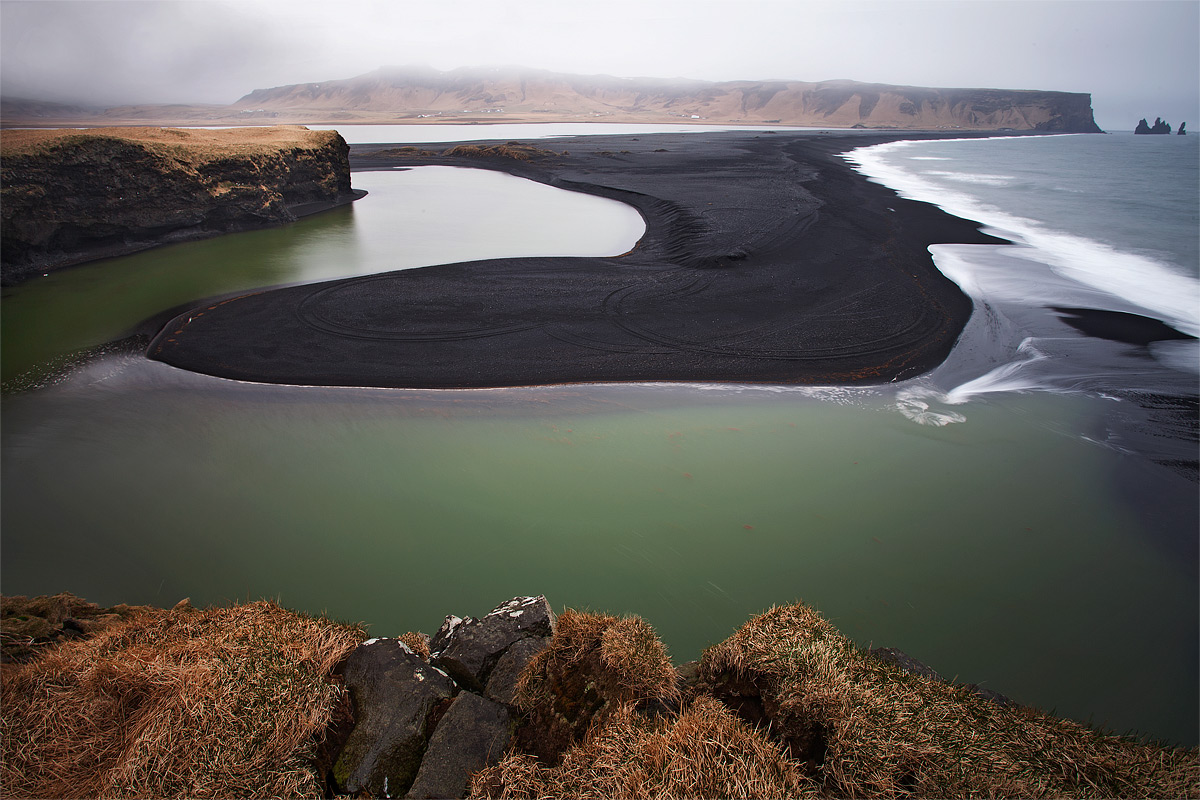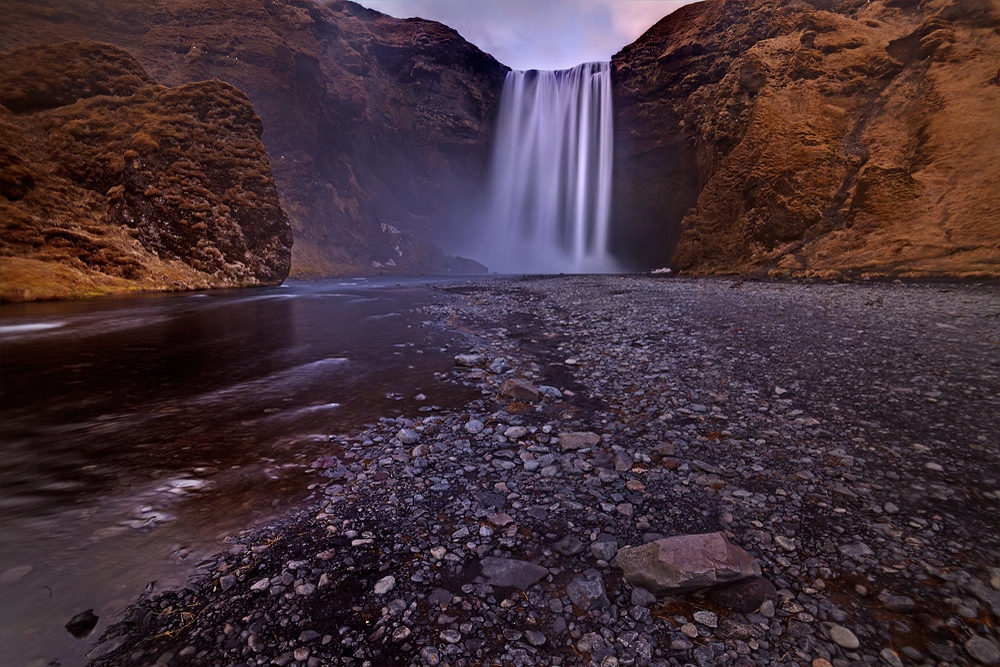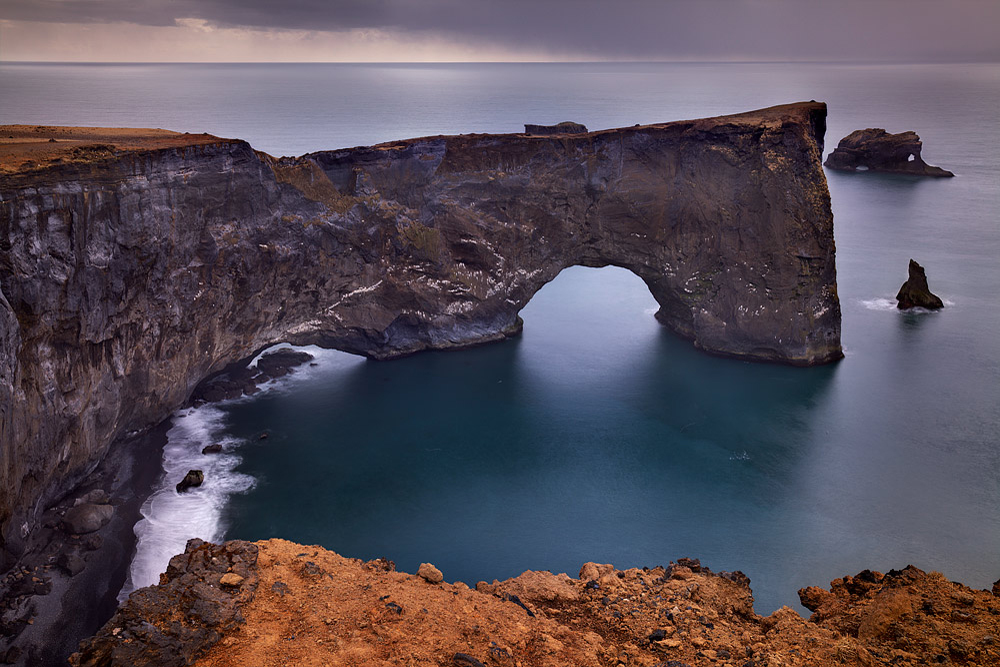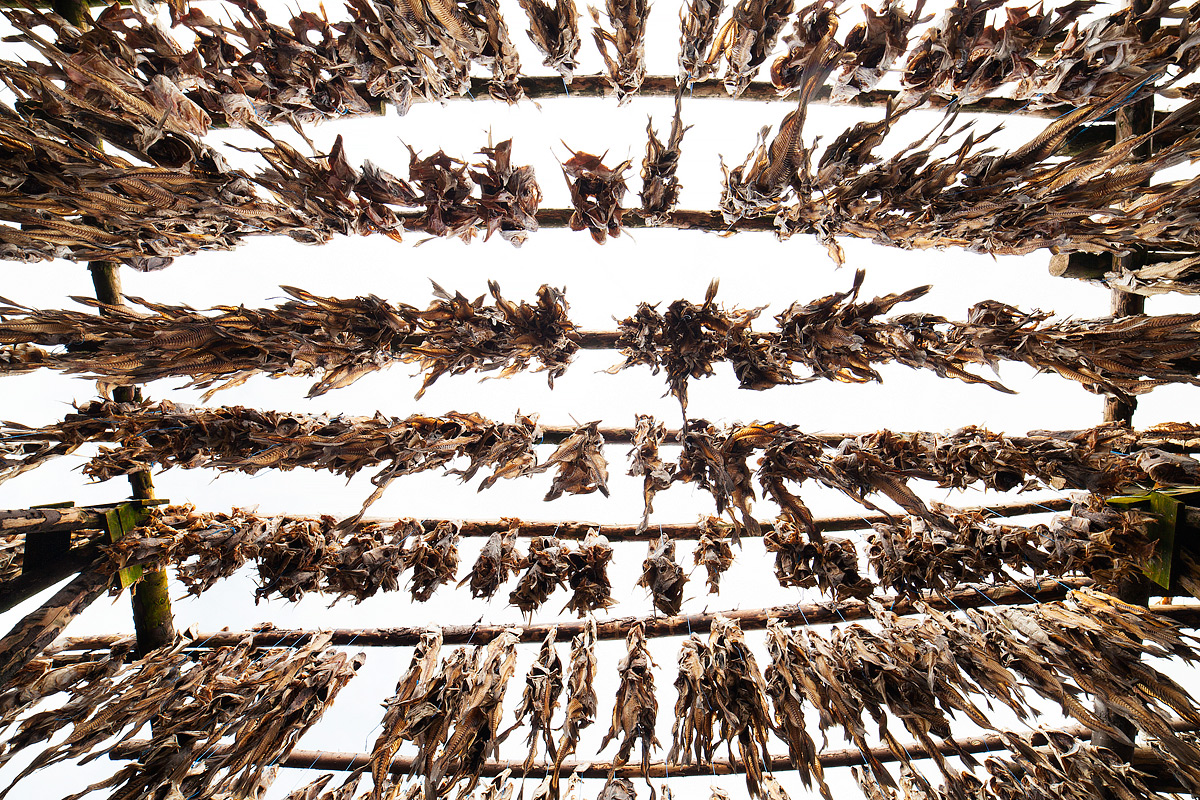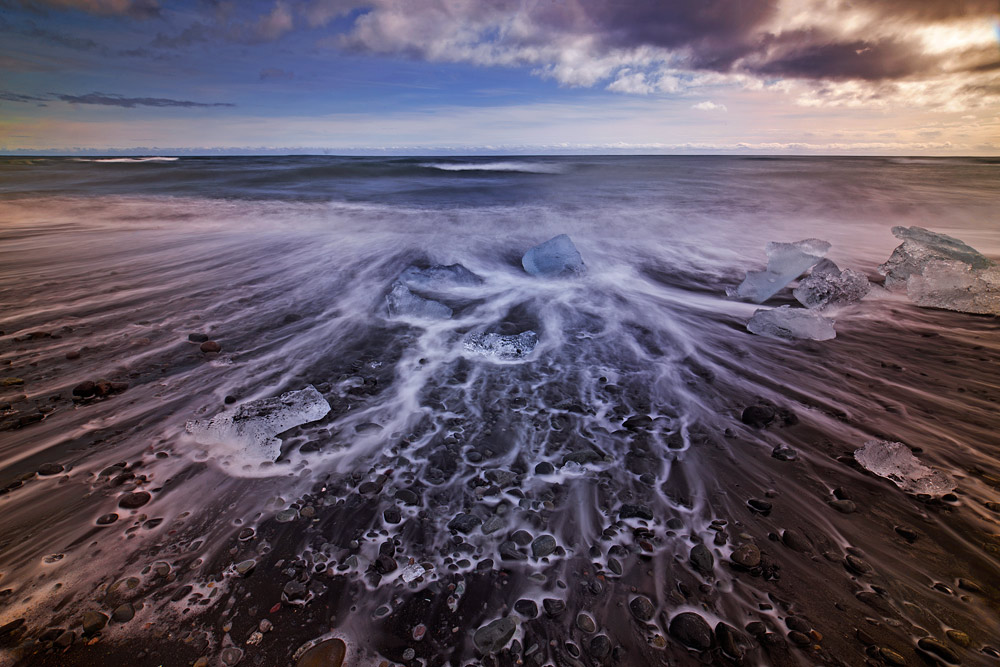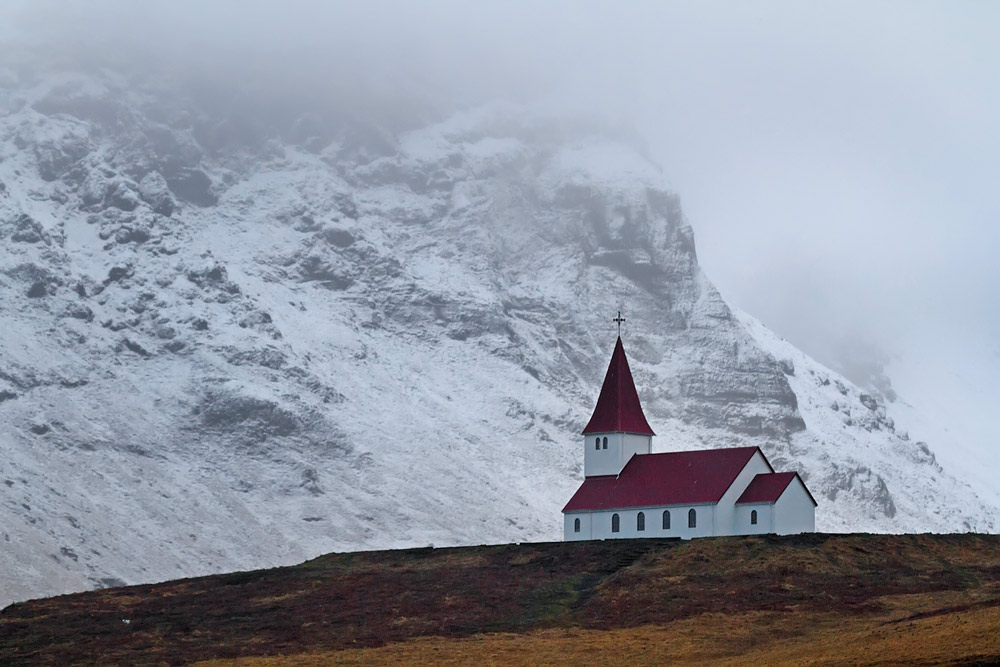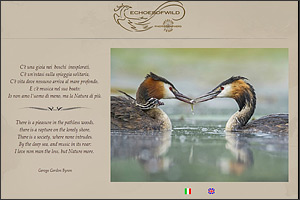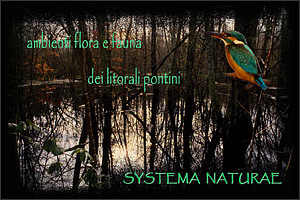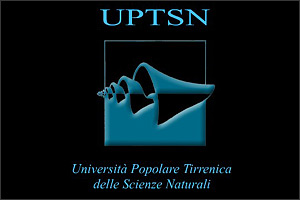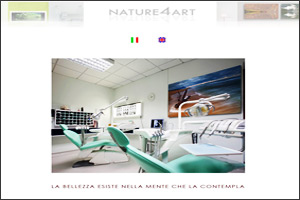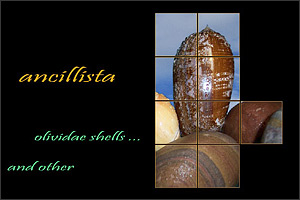menu css3 by Css3Menu.com
| ICELAND |
|
|
|---|
ICELAND: THE COUNTRY OF ICE AND FIRE You can not really realize how true this statement is until you visit this distant country. From a photographic point of view, therefore, it is truly one of the top targets that can be found in Europe. This is for the vast and exterminated landscapes as well as for the fauna and the avifauna. I was in Iceland in April 2015, theoretically still in the cold season. Actually, the weather, although extremely variable, has never been glaciated and the temperature has always fluctuated between -4 ° and +8 °, with some even good days. The real problem is represented by the frosty wind that when it decides to blow it does not give anyone a discount. Our visit (we were 9 photographers) lasted 12 days and took place, mostly in the south of the island. We could visit the impressive Gulföss waterfalls and the famous Skogaföss waterfall besides the two delightful Svartiföss and Sejlandföss. These are four of Iceland's most beautiful waterfalls. In the south, we photographed the magnificent Djorlaey promontory and the famous Reynisfjara basaltic beach. An attraction is naturally represented by glaciers such as the largest in Europe, Vatnajökull and Svinafellsjökull, actually one of its many branches. At the foot of these glaciers almost always glacial lakes, such as the truly spectacular Jökullsarlon with its icebergs emerging from a canal and settling on the basalt beach. As far as fauna is concerned, it is mainly avifanuna: geese of various kinds, ducks for us unusual such as mandarin duck or harlequin duck; Swans in large numbers, white parrots; Among the mammals the classic Icelandic horses, reindeer and many seals. And then all a plethora of sea birds such as seaweed, lightning, horns, goblins, sea gulls, Iceland gulls, and dozens of others. In short, a 360 degree nature trip. The only downfall was that we could not watch a boreal aurora as the season was slightly advanced (ideal are the months of February-March). Apart from this, an experience to do absolutely and in which I will be happy to accompany you if you wish. Visit the galleries. For information on travel organization contact the author at the contact details provided in the "Contacts" section.
|
 |
